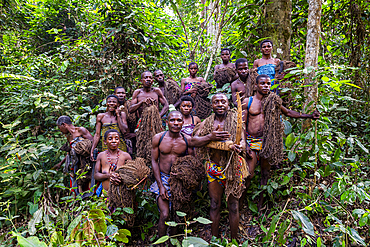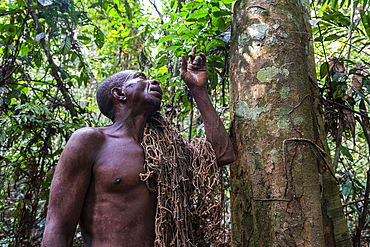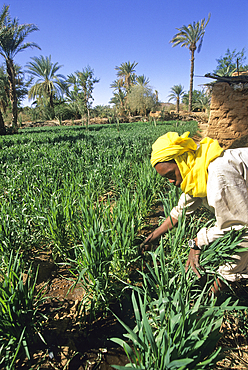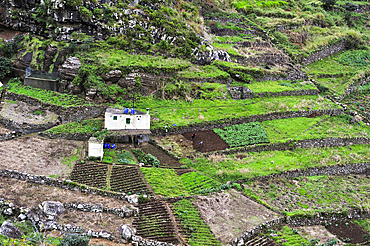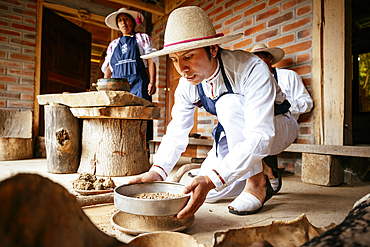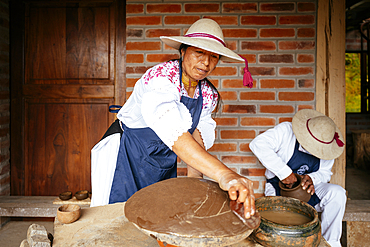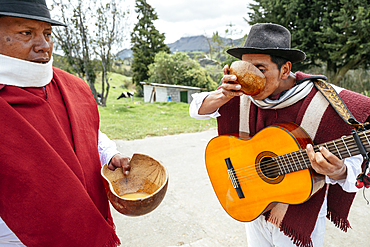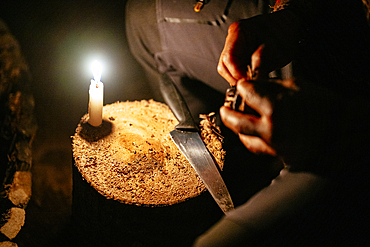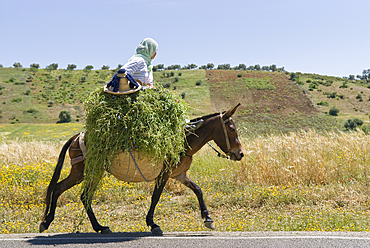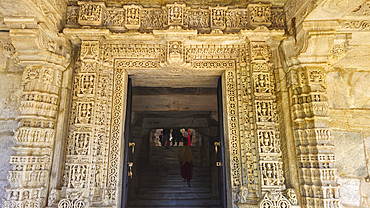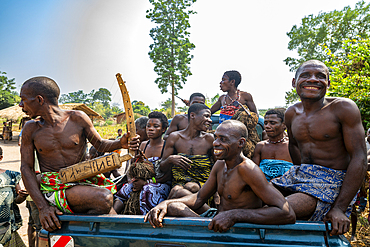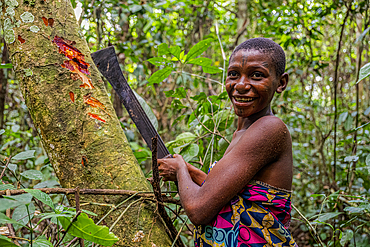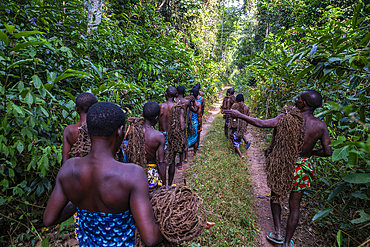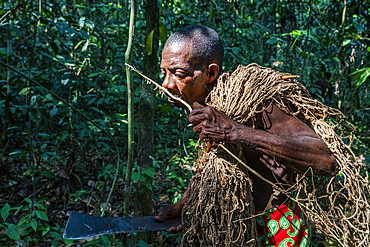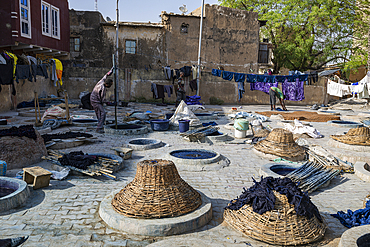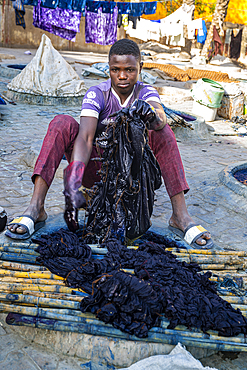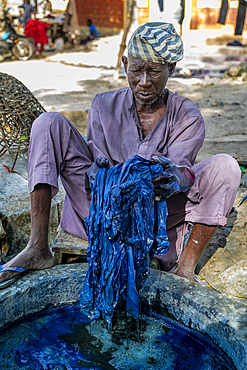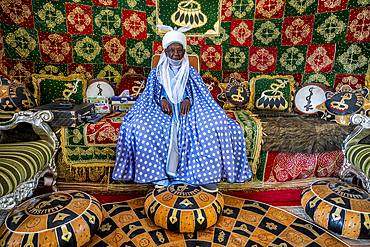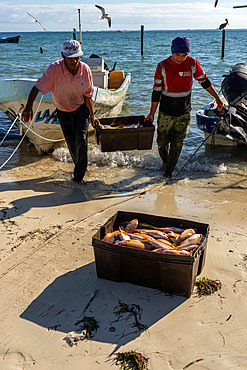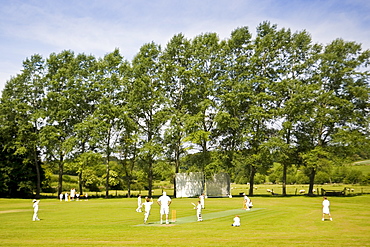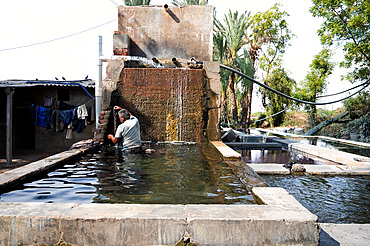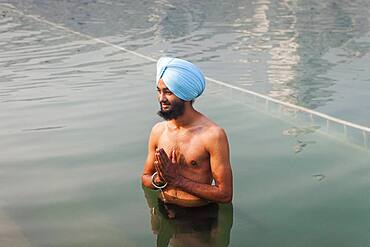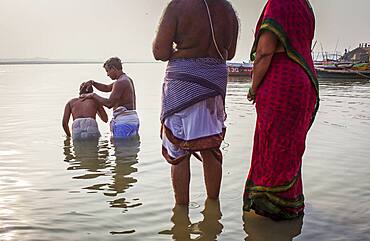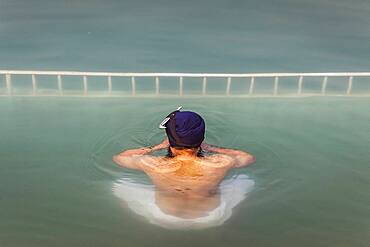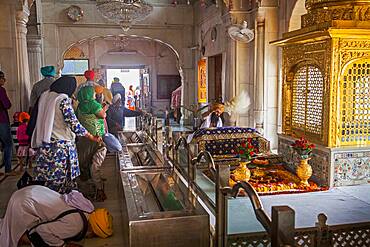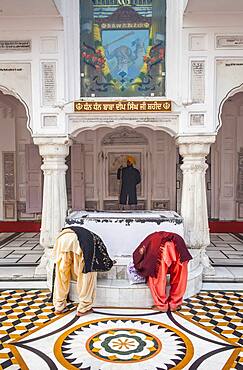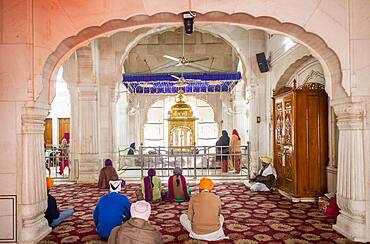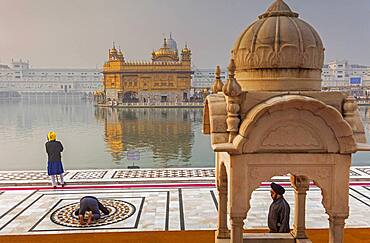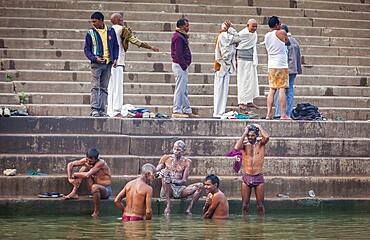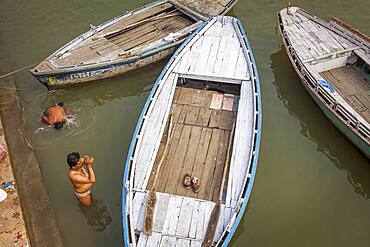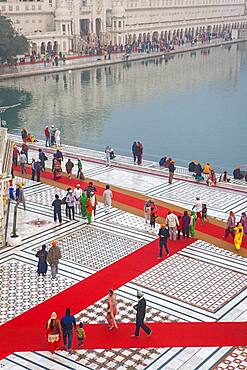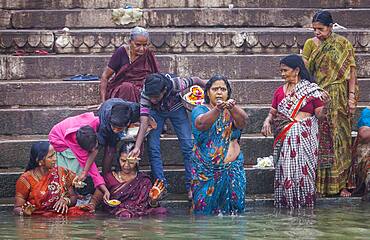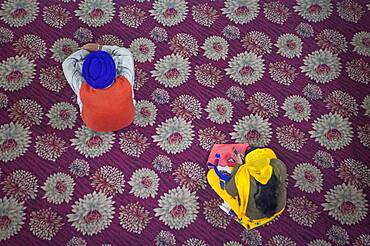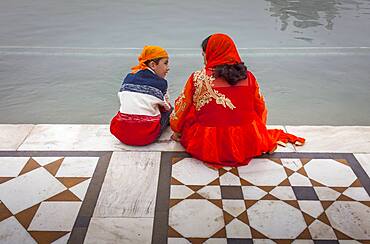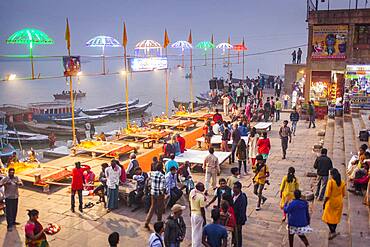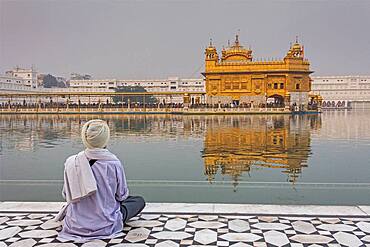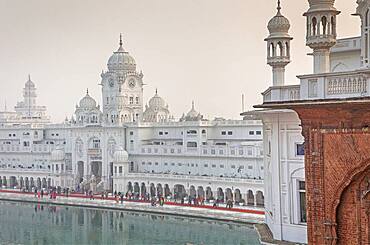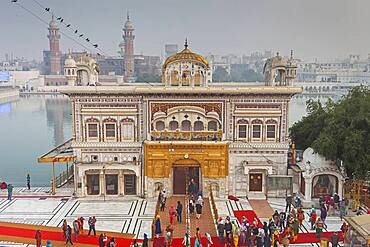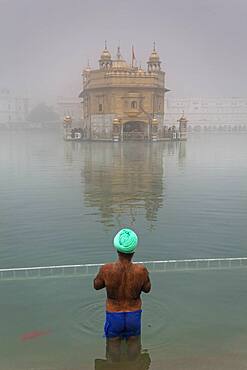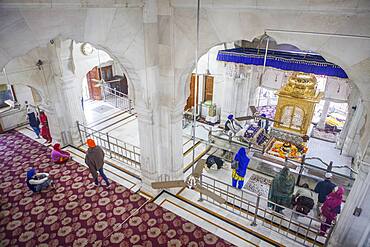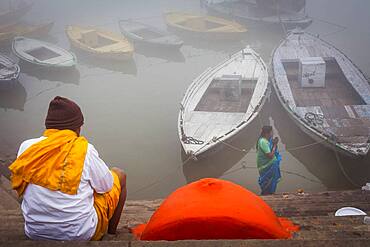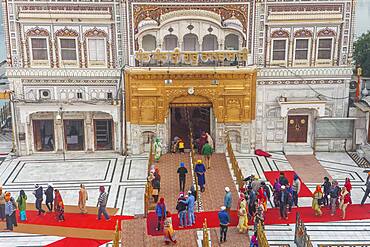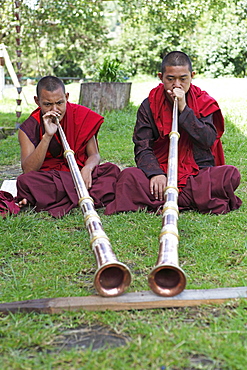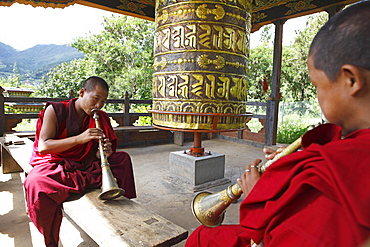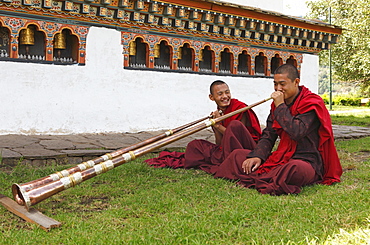Results
« Previous 1 2 3
236 results found
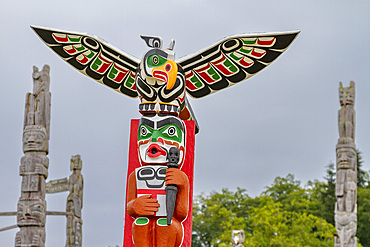
Totem poles in the cemetery of the First Nations Kwakwaka'wakw people in Alert Bay, British Columbia, Canada, North America

Man checking dried tobacco leaves, Brena Alta, La Palma, Canary Islands, Spain, Atlantic Ocean, Europe

Eighteen Arhats of Mahayana Buddhism await return of Buddha as Maitreya, Long Quang Pagoda, An Giang Province, Mekong Delta, Vietnam
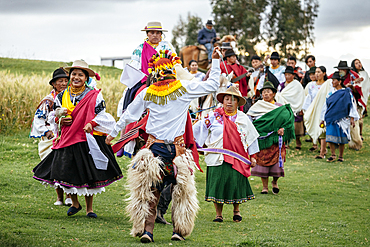
Festival of Light (Inti Raymi festival) Cochas Community, Angochagua Parochia, Imbabura Province, Ecuador

Men unloading palm leaves from boat, Hell-ville, Nosy Be island, Republic of Madagascar, Indian Ocean
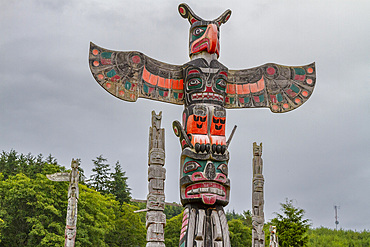
Totem poles in the cemetery of the First Nations Kwakwaka'wakw people in Alert Bay, British Columbia, Canada, North America
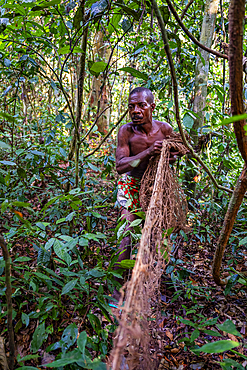
Pygmy man preparing the net for net hunting, Dzanga Sangha National Park, UNESCO, Central African Republic
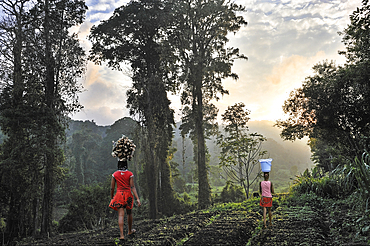
Cultivated fields adjoining the Obo Natural Park, Sao Tome Island, Republic of Sao Tome and Principe, Africa
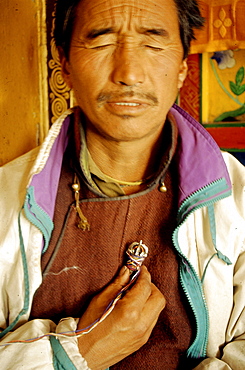
N month of november 7 days before full moon a sacred ceremony is held in various monasteries throughout himalayas by traditional healers known as amchis. They bring their precious herbs, minerals special animal glands to be blessed. A selected amount of herbs is placed in a copper vessel placed on monastery alter. 7 days amchis go through an elaborate potenization of these medicines through prayer other practices. Seen here is of amchis holding a dorje (sacred object used cutting through obscurations) which is lined from a vessel containing various herbs sitting on monastery alter to heart chakra. Chang tang nyee, ladakh, indi
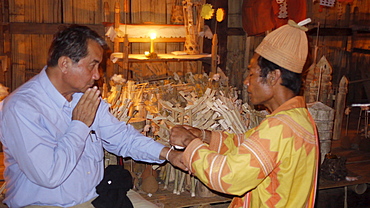
THAILAND Visit to Ban Pan Tong, a Lahu village which practices traditional religion. The local 'tobo' or shaman at the village chapel shrine conducting Animist ceremony. Photo by Sean Sprague
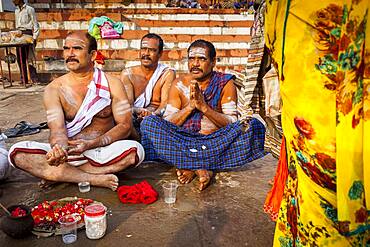
Pilgrims making a ritual offering, and praying, ghats in Ganges river, Varanasi, Uttar Pradesh, India.
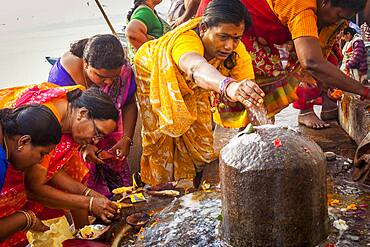
Pilgrims making a ritual offering, and praying, ghats in Ganges river, Varanasi, Uttar Pradesh, India.
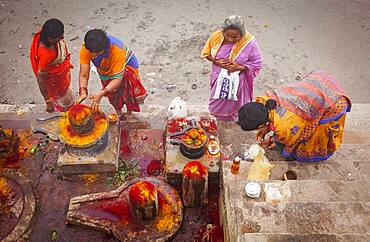
Pilgrims making a ritual offering and praying, ghats of Ganges river, Varanasi, Uttar Pradesh, India.
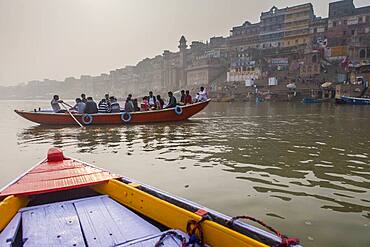
Pilgrims in a boat sailing and praying, Ganges river, in background the ghats, Varanasi, Uttar Pradesh, India.
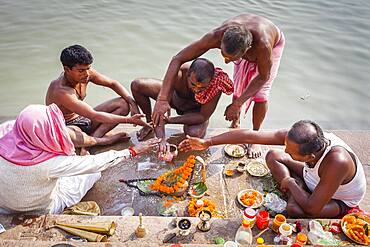
Pilgrims making a ritual offering and praying, ghats of Ganges river, Varanasi, Uttar Pradesh, India.
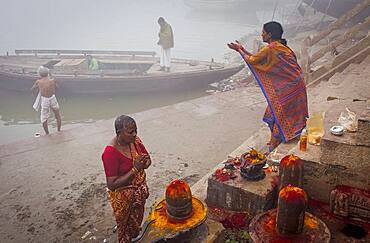
Pilgrims making a ritual offering and praying, ghats of Ganges river, Varanasi, Uttar Pradesh, India.
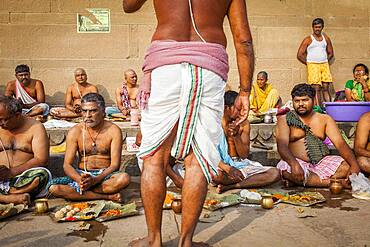
Pilgrims making a ritual offering, and praying, ghats in Ganges river, Varanasi, Uttar Pradesh, India.
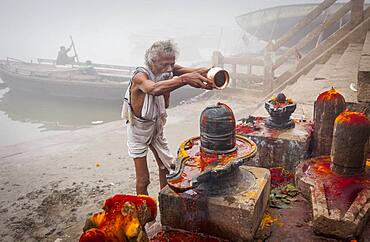
Pilgrim making a ritual offering and praying, ghats of Ganges river, Varanasi, Uttar Pradesh, India.

Kazuko Uezu, age 65, makes tofu before dawn in her small shop in the village of Hedo. Despite 50 years of practice "every batch tastes slightly different" says Kazuko who rises at 4-am seven days a week to make tofu. Traditional methods and a small production produces subtle variations in every batch despite the fact that tofu has only two ingredients, salt water and soy beans. Kazuko get the salt water from the East China Sea (just down the road from her house) but the soybeans come from America. Okinawan centenarians eat tofu daily and it is believed the high flavanoid content in tofu contributes to their longevity. Flavanoids are known to fight breast and prostate cancer and believed to combat heart disease.

Kazuko Uezu, age 65, makes tofu before dawn in her small shop in the village of Hedo. Despite 50 years of practice "every batch tastes slightly different" says Kazuko who rises at 4-am seven days a week to make tofu. Traditional methods and a small production produces subtle variations in every batch despite the fact that tofu has only two ingredients, salt water and soy beans. Kazuko get the salt water from the East China Sea (just down the road from her house) but the soybeans come from America. Okinawan centenarians eat tofu daily and it is believed the high flavanoid content in tofu contributes to their longevity. Flavanoids are known to fight breast and prostate cancer and believed to combat heart disease.
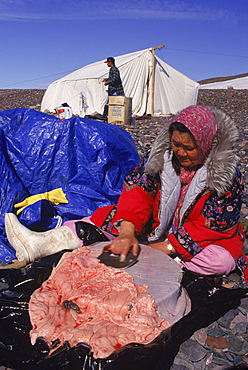
Camping "on the land" with the Pauloosie Muckpa family. After seal hunt, they caught 3 seals total, two pups and one mother. (They will use the mother to feed the dogs, they did not intend to kill her.)

Kushti is a traditional form of South Asian wrestling popular in India, also known as Pehlwani. Wrestlers usually meet in an Akhara, a "wrestling ground" which is a place of practice, with facilities for boarding, lodging and training.They serve both as training schools and an arena for wrestlers to compete against each other. Akhara is not limited only to physical activities, but also involves religious practices, particularly the worship of the god Hanuman.

Kushti is a traditional form of South Asian wrestling popular in India, also known as Pehlwani. Wrestlers usually meet in an Akhara, a "wrestling ground" which is a place of practice, with facilities for boarding, lodging and training.They serve both as training schools and an arena for wrestlers to compete against each other. Akhara is not limited only to physical activities, but also involves religious practices, particularly the worship of the god Hanuman.

Kushti is a traditional form of South Asian wrestling popular in India, also known as Pehlwani. Wrestlers usually meet in an Akhara, a "wrestling ground" which is a place of practice, with facilities for boarding, lodging and training.They serve both as training schools and an arena for wrestlers to compete against each other. Akhara is not limited only to physical activities, but also involves religious practices, particularly the worship of the god Hanuman.

Kushti is a traditional form of South Asian wrestling popular in India, also known as Pehlwani. Wrestlers usually meet in an Akhara, a "wrestling ground" which is a place of practice, with facilities for boarding, lodging and training.They serve both as training schools and an arena for wrestlers to compete against each other. Akhara is not limited only to physical activities, but also involves religious practices, particularly the worship of the god Hanuman.

Kushti is a traditional form of South Asian wrestling popular in India, also known as Pehlwani. Wrestlers usually meet in an Akhara, a "wrestling ground" which is a place of practice, with facilities for boarding, lodging and training.They serve both as training schools and an arena for wrestlers to compete against each other. Akhara is not limited only to physical activities, but also involves religious practices, particularly the worship of the god Hanuman.
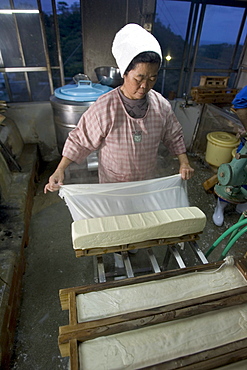
Kazuko Uezu, age 65, makes tofu before dawn in her small shop in the village of Hedo. Despite 50 years of practice "every batch tastes slightly different" says Kazuko who rises at 4-am seven days a week to make tofu. Traditional methods and a small production produces subtle variations in every batch despite the fact that tofu has only two ingredients, salt water and soy beans. Kazuko get the salt water from the East China Sea (just down the road from her house) but the soybeans come from America. Okinawan centenarians eat tofu daily and it is believed the high flavanoid content in tofu contributes to their longevity. Flavanoids are known to fight breast and prostate cancer and believed to combat heart disease.
